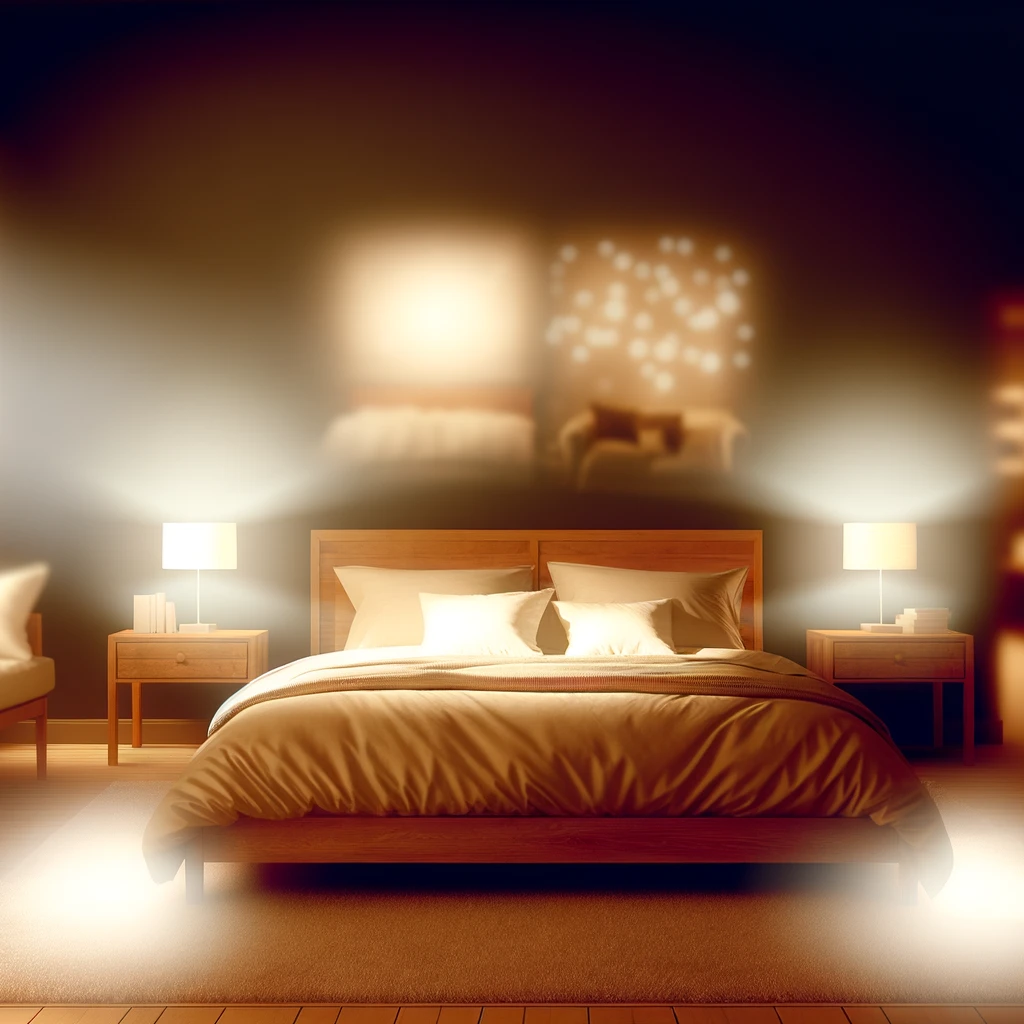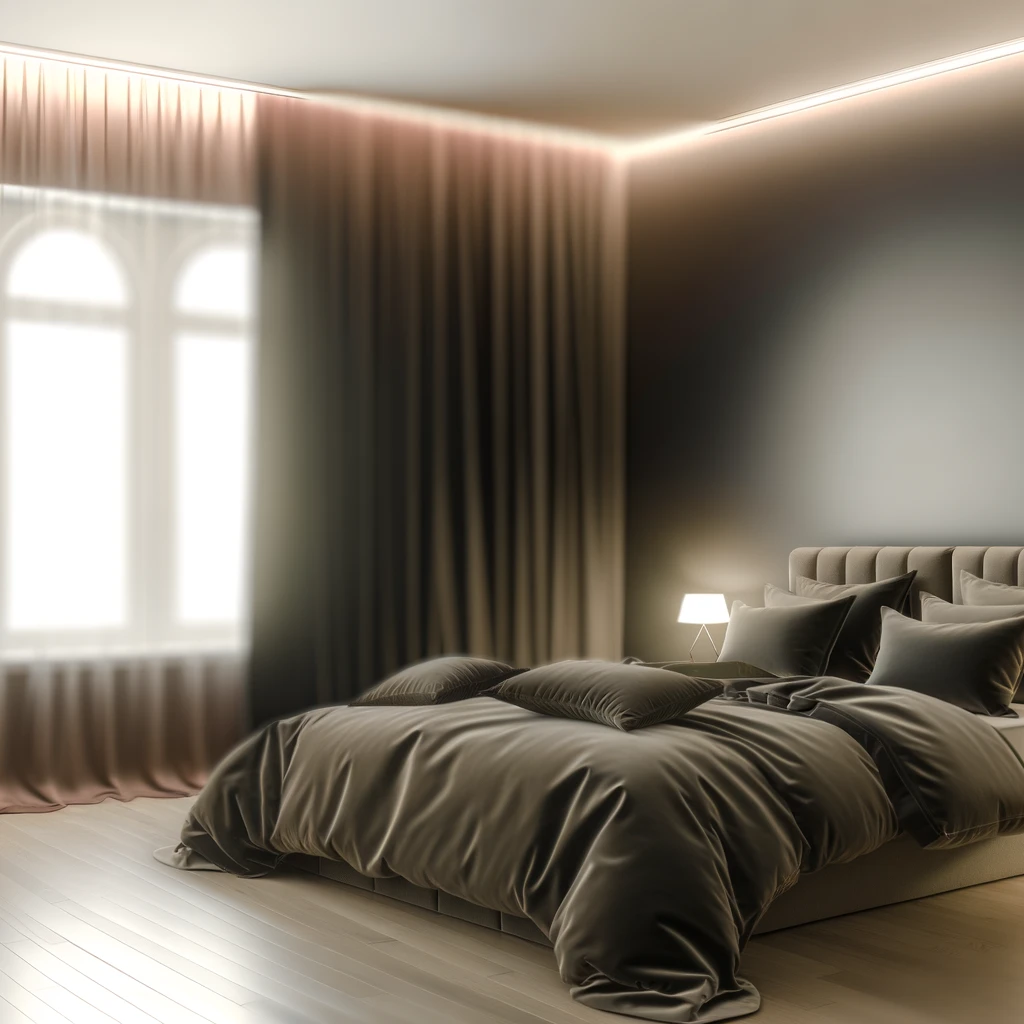
Sleep Apnea: Signs, Symptoms, and Modern Solutions
Sleep apnea is a common yet serious sleep disorder affecting millions worldwide. It is characterized by repeated pauses in breathing during sleep, leading to poor sleep quality and various health complications. Understanding the signs and symptoms of sleep apnea is crucial for early detection and management.
Understanding Sleep Apnea
There are three main types of sleep apnea: obstructive sleep apnea (OSA), central sleep apnea, and complex sleep apnea syndrome. OSA is the most prevalent form, occurring when the throat muscles intermittently relax and block the airway during sleep. Central sleep apnea, on the other hand, involves the brain failing to send proper signals to the muscles that control breathing. Complex sleep apnea syndrome is a combination of both.
Signs and Symptoms
Recognizing the signs of sleep apnea is the first step in seeking treatment. Common symptoms include:
- Loud snoring, often reported by a partner
- Episodes of stopped breathing during sleep
- Gasping for air during sleep
- Waking up with a dry mouth or sore throat
- Morning headaches
- Insomnia or difficulty staying asleep
- Excessive daytime sleepiness
- Difficulty concentrating during the day
- Mood changes, such as depression or irritability
If these symptoms are present, it is advisable to consult a healthcare provider for a thorough evaluation.
Modern Solutions for Sleep Apnea
Fortunately, there are various modern solutions available to manage sleep apnea effectively.
Continuous Positive Airway Pressure (CPAP)
CPAP therapy is the most common treatment for sleep apnea. It involves wearing a mask over the nose and/or mouth during sleep. The mask is connected to a machine that delivers a steady stream of air, keeping the airways open.
Oral Appliances
For those who find CPAP uncomfortable, oral appliances are a viable alternative. These devices are custom-fit by a dentist and work by repositioning the lower jaw and tongue to keep the airway open.
Lifestyle Changes
Lifestyle modifications can also play a significant role in managing sleep apnea. These include:
- Maintaining a healthy weight
- Exercising regularly
- Avoiding alcohol and smoking
- Sleeping on your side instead of your back
Surgical Options
In severe cases, surgical interventions may be necessary to correct structural problems in the airway. Procedures vary from removing excess tissue from the throat to more complex operations addressing the jaw or nasal passages.
Conclusion
Sleep apnea is a manageable condition with the right combination of lifestyle changes, medical devices, and, in some cases, surgery. Early diagnosis and treatment are crucial in preventing the adverse health effects associated with this sleep disorder. If you suspect you have sleep apnea, consult a healthcare provider to explore the best treatment options for you.
Related Articles





